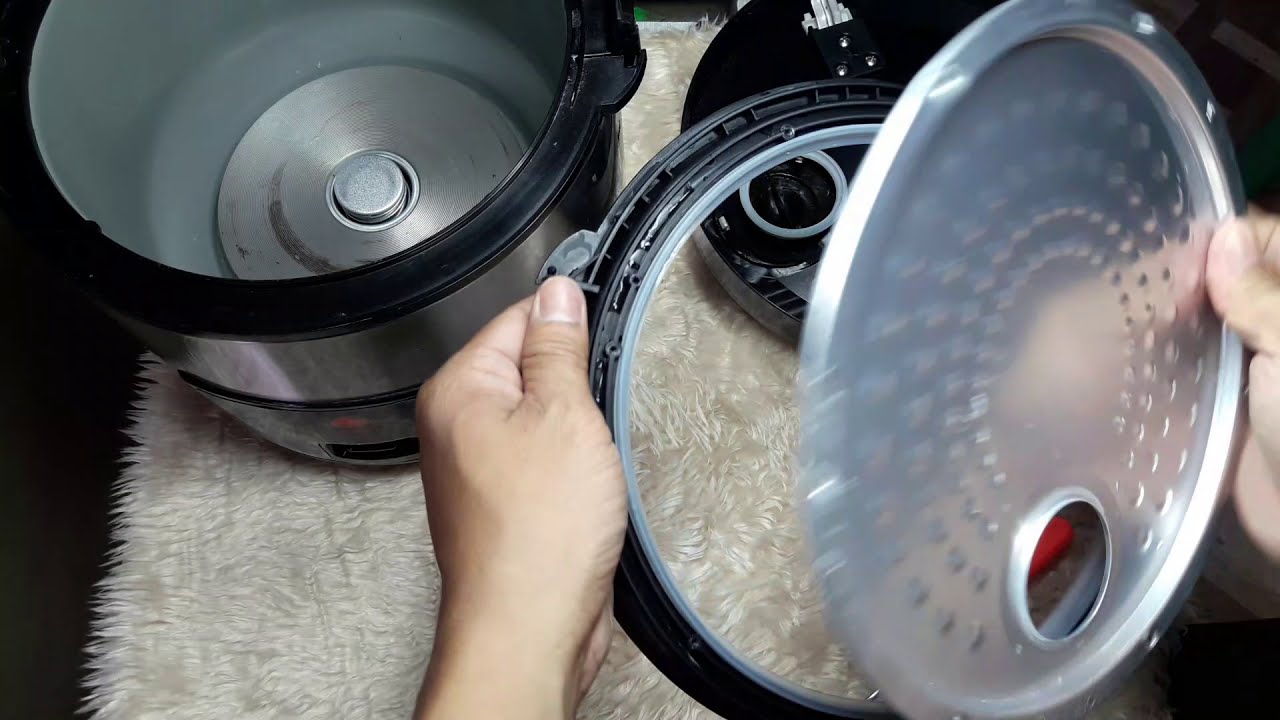

Articles
How To Clean Tiger Rice Cooker Lid
Modified: October 20, 2024
Learn how to effectively clean the lid of your Tiger rice cooker with these helpful articles. Keep your rice cooker in top condition for delicious meals.
(Many of the links in this article redirect to a specific reviewed product. Your purchase of these products through affiliate links helps to generate commission for Storables.com, at no extra cost. Learn more)
Introduction
Having a clean rice cooker lid is essential for maintaining the hygiene and functionality of your Tiger rice cooker. The lid not only keeps the steam and moisture inside to cook the rice perfectly, but it also prevents any debris or contaminants from falling into the pot. Over time, the lid can accumulate dirt, grease, and stubborn stains, which can affect the performance of your rice cooker and even taint the flavor of your cooked rice.
In this article, we will guide you through the step-by-step process of cleaning the Tiger rice cooker lid effectively. By following these simple instructions, you can ensure that your rice cooker lid remains spotless and in optimal condition for years to come.
Before we dive into the cleaning process, make sure to unplug your rice cooker from the power source and allow it to cool down completely. Your safety is our top priority, so always remember to take necessary precautions while working with any electrical appliance.
Now, let’s get started with the cleaning of your Tiger rice cooker lid.
Key Takeaways:
- Regularly cleaning your Tiger rice cooker lid ensures hygienic, safe, and efficient cooking. It prevents cross-contamination, prolongs the appliance’s lifespan, and enhances the flavor and texture of your cooked rice.
- By following the step-by-step cleaning process, you can maintain a safe and sanitary cooking environment, prevent cross-contamination, and ensure optimal cooking results. Regular maintenance ensures a long-lasting and efficient Tiger rice cooker.
Read more: How To Clean Zojirushi Rice Cooker Lid
Why Cleaning the Tiger Rice Cooker Lid is Important
Keeping your Tiger rice cooker lid clean is not just about maintaining the appearance of your appliance; it is also crucial for several other reasons:
- Hygiene: The lid comes into direct contact with the steam and food particles during the cooking process. If it is not cleaned regularly, bacteria and fungi can breed on its surface, posing a health risk to you and your family. By cleaning the lid, you ensure that your cooked rice remains safe and hygienic to consume.
- Prolonged Lifespan: Cleaning the lid regularly helps prevent the buildup of dirt, grease, and stains. These can gradually affect the lid’s performance, leading to issues such as inefficient sealing, decreased steam trapping, and even odors in your cooked rice. By taking care of the lid, you ensure that your Tiger rice cooker continues to function optimally for a long time.
- Improved Cooking Results: A clean lid allows for better heat distribution and proper steam circulation inside the rice cooker. This leads to evenly cooked rice with a fluffy texture and excellent taste. A dirty lid, on the other hand, can hinder the cooking process and result in unevenly cooked or sticky rice.
- Preventing Cross-Contamination: If your rice cooker lid is dirty, there is a risk of food particles, flavors, or odors transferring to other dishes prepared in the rice cooker. Regularly cleaning the lid ensures that you can cook various types of food without the fear of cross-contamination.
By understanding the importance of cleaning the Tiger rice cooker lid, you can maintain a safe and sanitary cooking environment while also maximizing the lifespan and performance of your appliance. Now let’s move on to the step-by-step cleaning process to help you get started.
Step 1: Preparing the Necessary Cleaning Supplies
Before you begin cleaning the Tiger rice cooker lid, it is essential to gather all the necessary cleaning supplies. Having these items ready will ensure a smooth and efficient cleaning process. Here’s a list of supplies you will need:
- Mild dish soap: Choose a gentle dish soap that is suitable for cleaning kitchen utensils. Avoid using harsh chemicals or abrasive cleaners, as they can damage the lid’s surface.
- Warm water: Fill a sink or basin with warm water to create a soapy cleaning solution.
- Soft sponge or cloth: Use a non-abrasive sponge or cloth to clean the lid. Avoid using rough scouring pads or brushes that can scratch the lid’s surface.
- Toothbrush: A soft-bristled toothbrush will come in handy for reaching and cleaning small crevices or hard-to-reach areas of the lid.
- Vinegar: If there are stubborn stains or mineral deposits on the lid, you can use white vinegar as a natural cleaner. Vinegar helps to dissolve and remove these stains effectively.
- Soft, absorbent towel: Prepare a clean, soft towel to dry the lid thoroughly after cleaning.
Once you have gathered all the necessary cleaning supplies, place them within reach, preferably near the sink or working area. This ensures that you have everything you need to clean the Tiger rice cooker lid without any interruptions.
Now that you have your cleaning supplies ready, let’s move on to the next step, which is disconnecting the rice cooker from the power source.
Step 2: Disconnecting the Rice Cooker from Power Source
Before you start cleaning the Tiger rice cooker lid, it is crucial to ensure your safety by disconnecting the appliance from the power source. This step prevents any accidental injuries and reduces the risk of electrical hazards. Here’s how to properly disconnect the rice cooker:
- Unplug the power cord: Reach for the power cord connected to the rice cooker and gently unplug it from the electrical outlet. Make sure to pull the plug, not the cord itself, to avoid damaging it.
- Check for additional power sources: Some rice cookers may have additional power sources, such as a detachable power cord or battery compartment. Verify if your rice cooker has any other power connections and disconnect them accordingly.
Once you have disconnected the rice cooker from the power source, it is safe to proceed with the next step of removing the lid from the rice cooker.
Remember, safety should always be your top priority when working with electrical appliances. Taking the time to disconnect the rice cooker from the power source ensures a risk-free cleaning process.
Now we can move on to the next step, where we will guide you through removing the lid from the rice cooker.
Step 3: Removing the Lid from the Rice Cooker
Now that the rice cooker is disconnected from the power source, it’s time to remove the lid for thorough cleaning. Follow these steps to safely remove the lid from the rice cooker:
- Allow the rice cooker to cool: Give the rice cooker enough time to cool down completely before attempting to remove the lid. This will prevent any burns or injuries.
- Locate the lid release button or latch: Look for a button or latch located on the rice cooker that is specifically designed to release the lid. This mechanism may vary depending on the model of your Tiger rice cooker. Refer to the user manual if you’re unsure about the location of the release button or latch.
- Press or unlock the lid release: Once you have located the lid release button or latch, press it or unlock it, depending on the type of mechanism. This action will release the lock holding the lid in place.
- Gently lift and remove the lid: With the lid release engaged, carefully lift the lid upwards to detach it from the rice cooker. Be cautious not to force it or apply excessive pressure. If needed, wiggle the lid slightly to loosen it.
Once the lid is removed, place it on a clean and stable surface, such as a countertop or sink, for further cleaning. Now that we have successfully removed the lid, we can proceed to the next step to clean the lid’s exterior.
Note: Always handle the lid with care, as it may have sharp edges or hot surfaces depending on the recent use of the rice cooker. Allow sufficient time for it to cool down completely before handling.
To clean a Tiger rice cooker lid, use a soft cloth or sponge with mild detergent and warm water. Avoid using abrasive cleaners or scrubbing pads to prevent scratching the surface. Dry the lid thoroughly before reattaching it to the rice cooker.
Read more: How Long To Cook Rice In A Tiger Rice Cooker
Step 4: Cleaning the Lid Exterior
Now that you have removed the lid from the rice cooker, it’s time to clean the exterior surface. The lid exterior is prone to accumulating grease, fingerprints, and other dirt, which can affect its appearance and cleanliness. Follow these steps to effectively clean the lid exterior:
- Prepare a soapy cleaning solution: Fill a sink or basin with warm water and add a few drops of mild dish soap. Mix it gently to create a soapy solution.
- Dip a soft sponge or cloth into the soapy solution: Immerse a soft sponge or cloth into the soapy water and wring out any excess liquid. The sponge or cloth should be damp but not dripping wet.
- Gently scrub the lid exterior: Using the damp sponge or cloth, gently scrub the lid exterior in a circular motion. Pay attention to areas with visible dirt, grease, or stains. Apply a bit more pressure if necessary, but avoid scrubbing too aggressively to prevent scratching the lid’s surface.
- Focus on the handle and control panel: Take extra care in cleaning the handle and the control panel, as these areas tend to accumulate more dirt and grime. Use a toothbrush to clean any crevices or hard-to-reach spots.
- Rinse the lid exterior: Once you have thoroughly cleaned the lid, rinse off any soapy residue by wiping it with a clean, damp cloth or sponge.
- Dry the lid: Finally, use a soft, absorbent towel to dry the lid completely. This step is important to prevent water spots or moisture from lingering on the lid’s surface.
Once the lid exterior is clean and dry, you can move on to the next step and focus on cleaning the lid’s interior.
Remember, always use caution when cleaning the lid, especially around the control panel or any electronic components. Avoid excessive moisture or getting water inside the lid to prevent damage to the rice cooker.
Step 5: Cleaning the Lid Interior
Now that you have cleaned the lid exterior, it’s time to turn your attention to the lid’s interior. The interior of the lid tends to accumulate steam, food particles, and residue, which can affect the performance of the rice cooker. Follow these steps to effectively clean the lid interior:
- Inspect the interior: Take a close look inside the lid to identify any visible dirt, stains, or residue. Pay attention to the sealing gasket, hinge, and any vent openings.
- Prepare a cleaning solution: Create a mixture of warm water and mild dish soap in a basin or sink. This will be used as a cleaning solution for the lid interior.
- Submerge the lid interior: Carefully submerge the interior of the lid in the cleaning solution. Ensure that the solution covers all the surfaces, including the sealing gasket and hinges.
- Gently scrub the interior: Use a soft sponge or cloth to gently scrub the lid interior. Pay close attention to areas with visible residue, such as the sealing gasket or vent openings. If necessary, use a toothbrush to clean hard-to-reach spots.
- Rinse the lid interior: Once you have scrubbed the interior thoroughly, rinse off any soap residue by wiping it with a clean, damp sponge or cloth.
- Dry the lid interior: To ensure that the lid’s interior is completely dry, use a soft, absorbent towel to dry it thoroughly. Pay special attention to the sealing gasket and any other areas that tend to retain moisture.
Once the lid interior is clean and dry, you can move on to the next step, which involves examining and cleaning the vent of the lid.
Remember, be gentle when cleaning the lid interior to avoid damaging any delicate components. Take your time to ensure a thorough cleaning, as a clean lid interior promotes the overall cleanliness and functionality of the rice cooker.
Step 6: Examine and Clean the Vent
Step 6 involves examining and cleaning the vent of the rice cooker lid. The vent plays a vital role in releasing excess steam during the cooking process. Over time, it can become clogged with dirt, grease, or food particles, which can hinder its functionality. Follow these steps to examine and clean the vent of the lid:
- Locate the vent: Take a close look at the lid to locate the vent. It is usually a small opening or series of holes designed for steam release.
- Inspect the vent: Examine the vent closely to see if there is any visible buildup or blockage. Look for signs of dirt, food residue, or grease that may impede the proper release of steam.
- Clean the vent: To clean the vent, use a toothbrush or a soft-bristled brush. Gently scrub the vent to remove any debris, ensuring that you reach inside and clean any areas that may be obstructed.
- Rinse the vent: Rinse the vent under running water to remove any loosened dirt or debris. Use your fingers or a gentle stream of water to flush out any remaining particles.
- Dry the vent: Ensure that the vent is completely dry before reassembling the lid. Use a clean, dry cloth or allow it to air dry naturally.
By regularly examining and cleaning the vent, you help maintain proper steam release and ensure the optimal performance of your rice cooker. A clean vent also reduces the risk of any unpleasant odors or flavors being trapped in the lid during the cooking process.
Now that you have cleaned the vent, let’s move on to the final step of drying and reassembling the lid.
Step 7: Drying and Reassembling the Lid
In the final step, we will focus on drying the lid thoroughly and reassembling it back onto the rice cooker. Follow these steps to ensure proper drying and reassembly:
- Dry the lid: Use a clean, soft, and absorbent towel to dry the lid thoroughly. Pay attention to all the nooks, crevices, and hard-to-reach areas, including the sealing gasket and hinges.
- Air dry if needed: If you are unable to reach all the moisture, it is advisable to let the lid air dry for a little longer. This will ensure that all parts are completely dry before reassembling.
- Inspect for moisture: Double-check the lid to ensure it is entirely dry. Look for any signs of water droplets or dampness that could potentially affect the rice cooker’s performance.
- Reassemble the lid: Once the lid is completely dry, carefully place it back onto the rice cooker. Align any attachment points or hinges and ensure the lid fits securely in place.
- Secure the lid: Depending on the model of your Tiger rice cooker, you may need to latch or lock the lid into position. Follow the manufacturer’s instructions to properly secure the lid.
- Plug in the rice cooker: With the lid securely reassembled, plug the rice cooker back into the power source. Your Tiger rice cooker is now ready for its next use.
By following these steps, you have successfully cleaned, dried, and reassembled the lid of your Tiger rice cooker. Regular maintenance and cleaning of the lid will help ensure its longevity and optimal performance, providing you with delicious, perfectly cooked rice each time you use your rice cooker.
With a clean lid, you can have peace of mind knowing that your rice cooker is hygienic, safe, and ready to deliver delicious results. Happy cooking!
Conclusion
Cleaning the Tiger rice cooker lid is an important task that should be incorporated into your regular maintenance routine. A clean lid not only promotes hygiene but also improves the overall performance and longevity of your rice cooker.
Throughout this article, we’ve provided a step-by-step guide on how to effectively clean the Tiger rice cooker lid. From gathering the necessary supplies to disconnecting the rice cooker from the power source, removing the lid, and cleaning both the exterior and interior, each step is crucial in ensuring a thorough cleaning process.
By regularly cleaning the lid, you can maintain a safe and sanitary cooking environment, prevent cross-contamination, and prolong the lifespan of your rice cooker. A clean lid also ensures optimal cooking results, yielding perfectly cooked rice with excellent taste and texture.
Remember, safety should always be a priority when cleaning the lid or any electrical appliance. Make sure to unplug the rice cooker from the power source and allow it to cool down before beginning the cleaning process.
With these simple yet effective cleaning steps, you can keep your Tiger rice cooker lid in pristine condition, ensuring many years of deliciously cooked rice. Your efforts will be rewarded with a hygienic and efficient cooking experience.
So, take the time to clean your Tiger rice cooker lid regularly and enjoy the benefits of a perfectly functioning appliance that guarantees flavorful and aromatic rice every time.
Frequently Asked Questions about How To Clean Tiger Rice Cooker Lid
Was this page helpful?
At Storables.com, we guarantee accurate and reliable information. Our content, validated by Expert Board Contributors, is crafted following stringent Editorial Policies. We're committed to providing you with well-researched, expert-backed insights for all your informational needs.
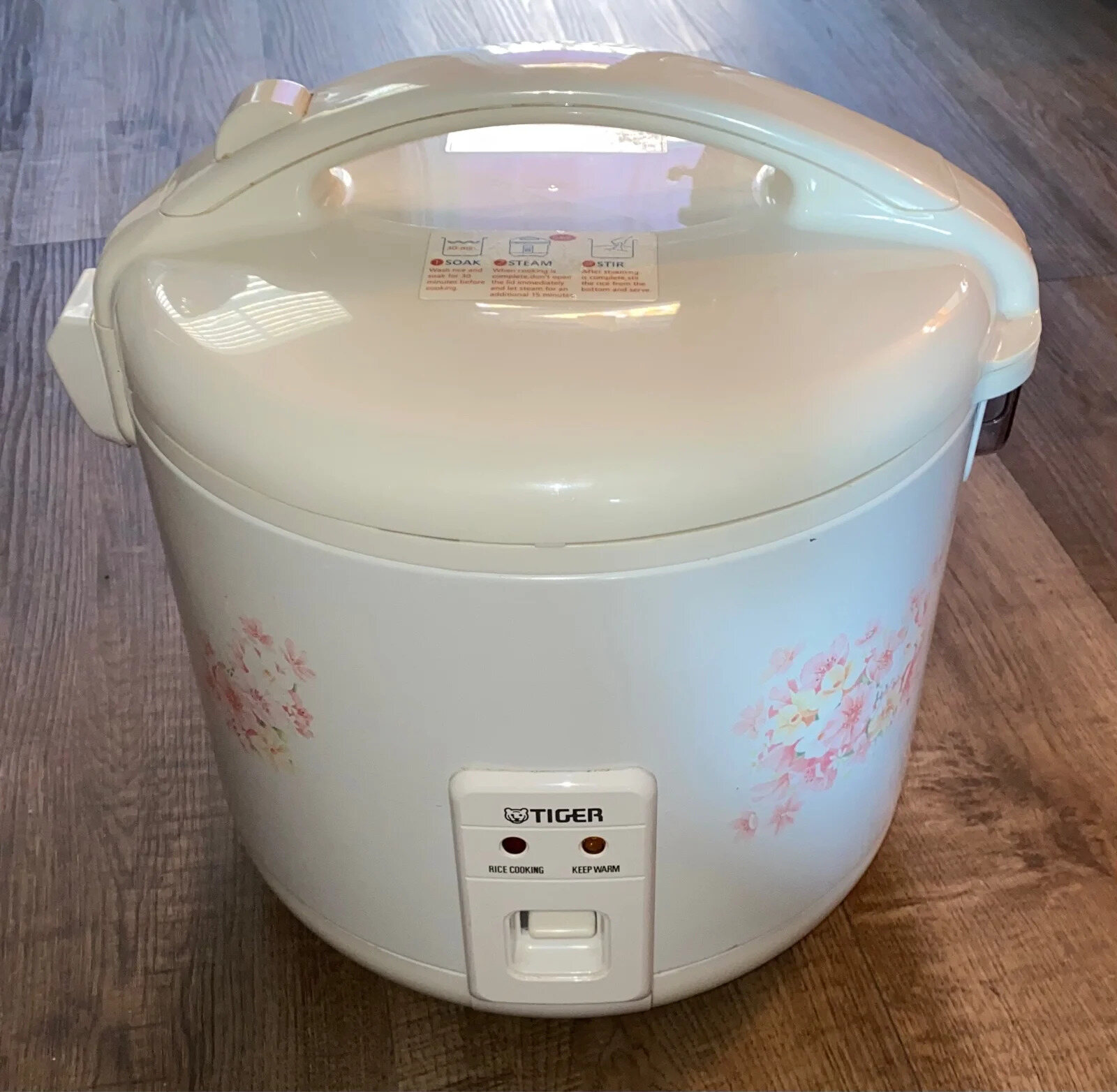

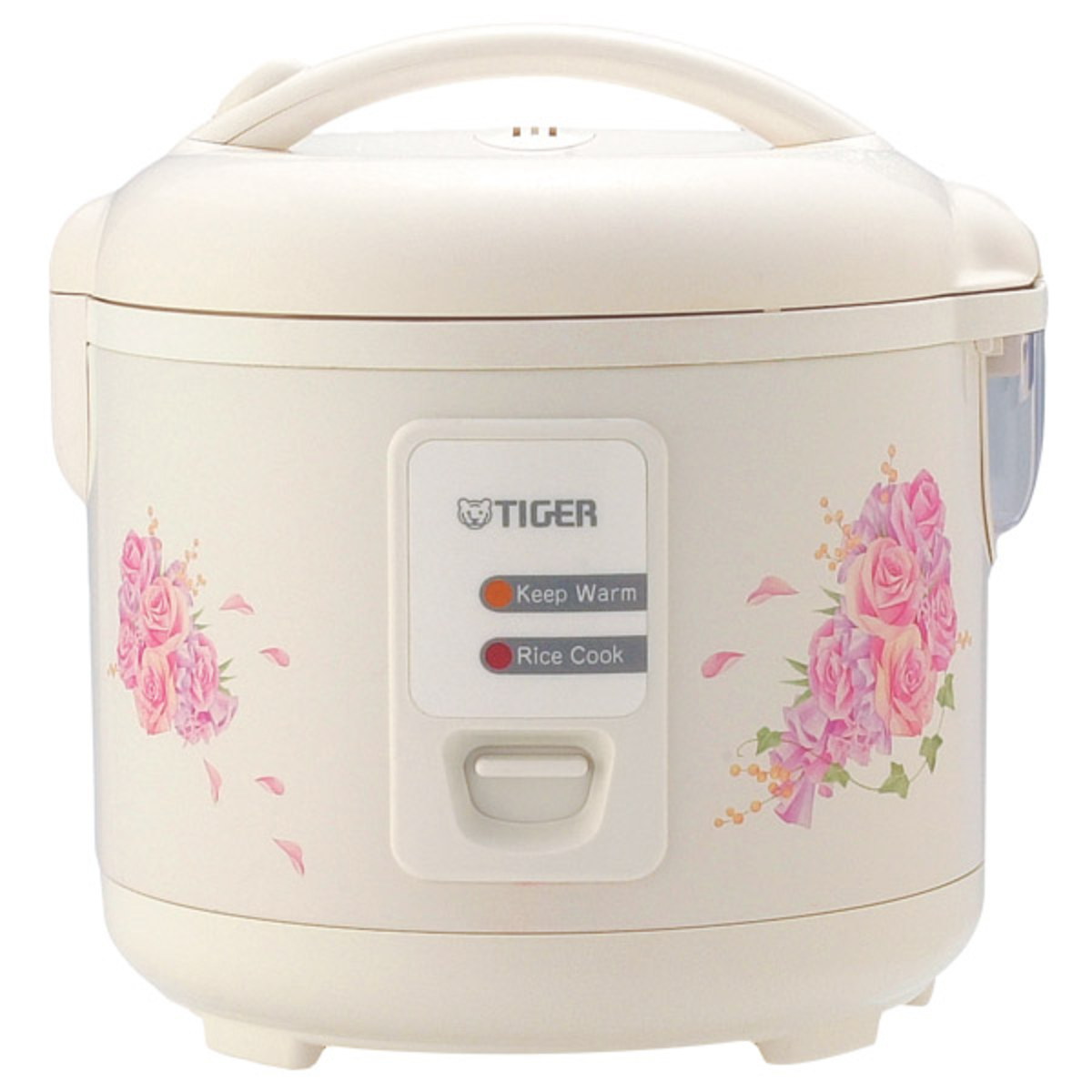
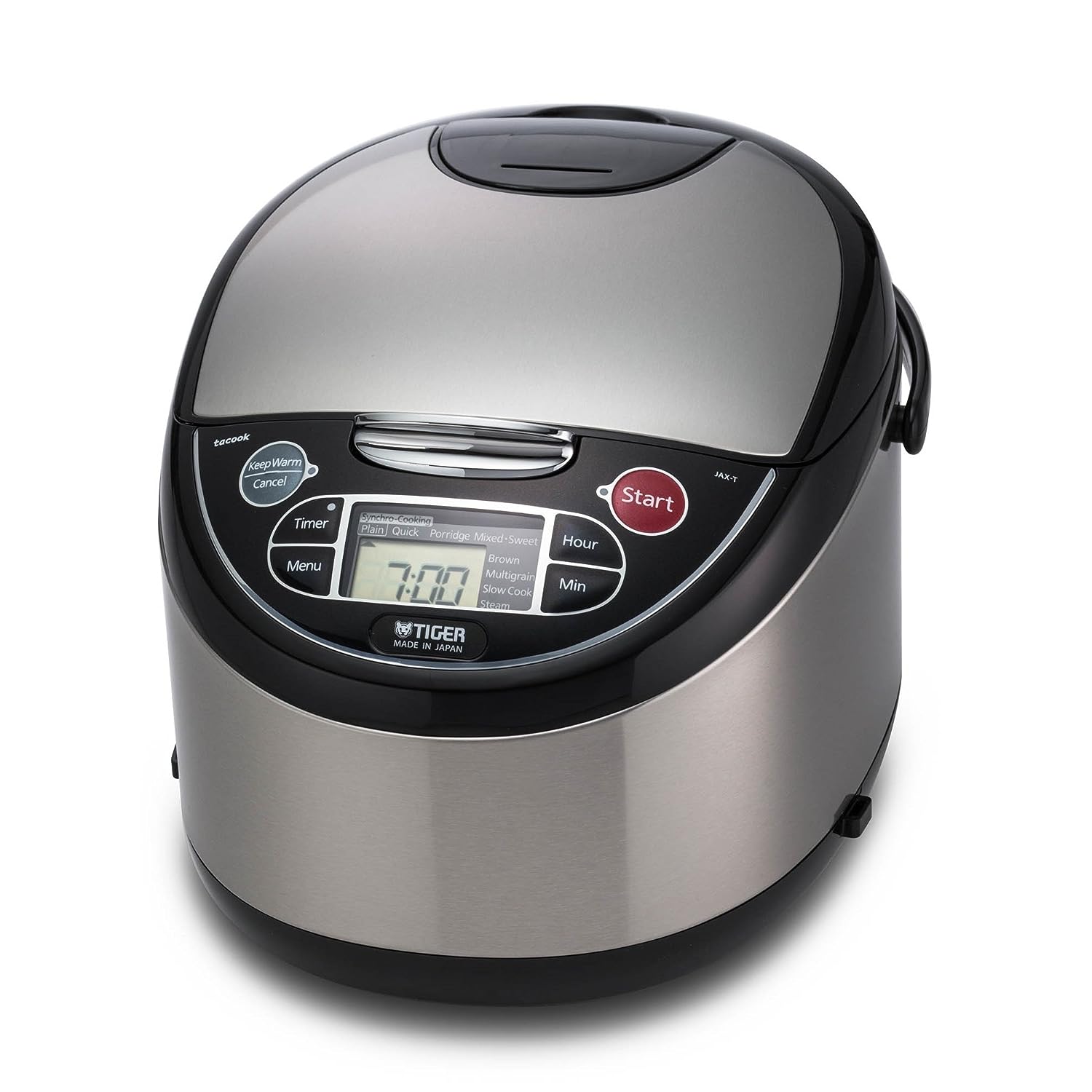
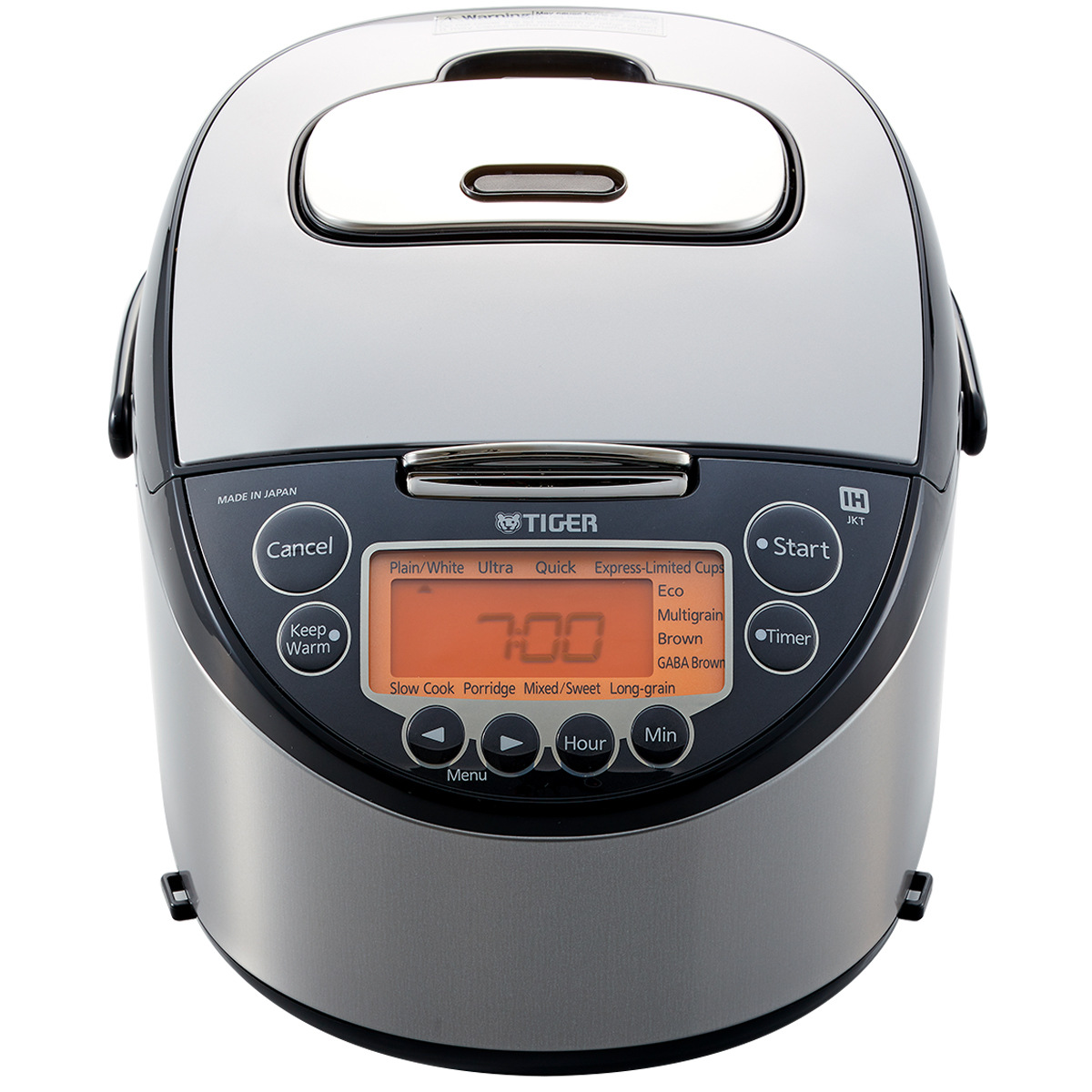
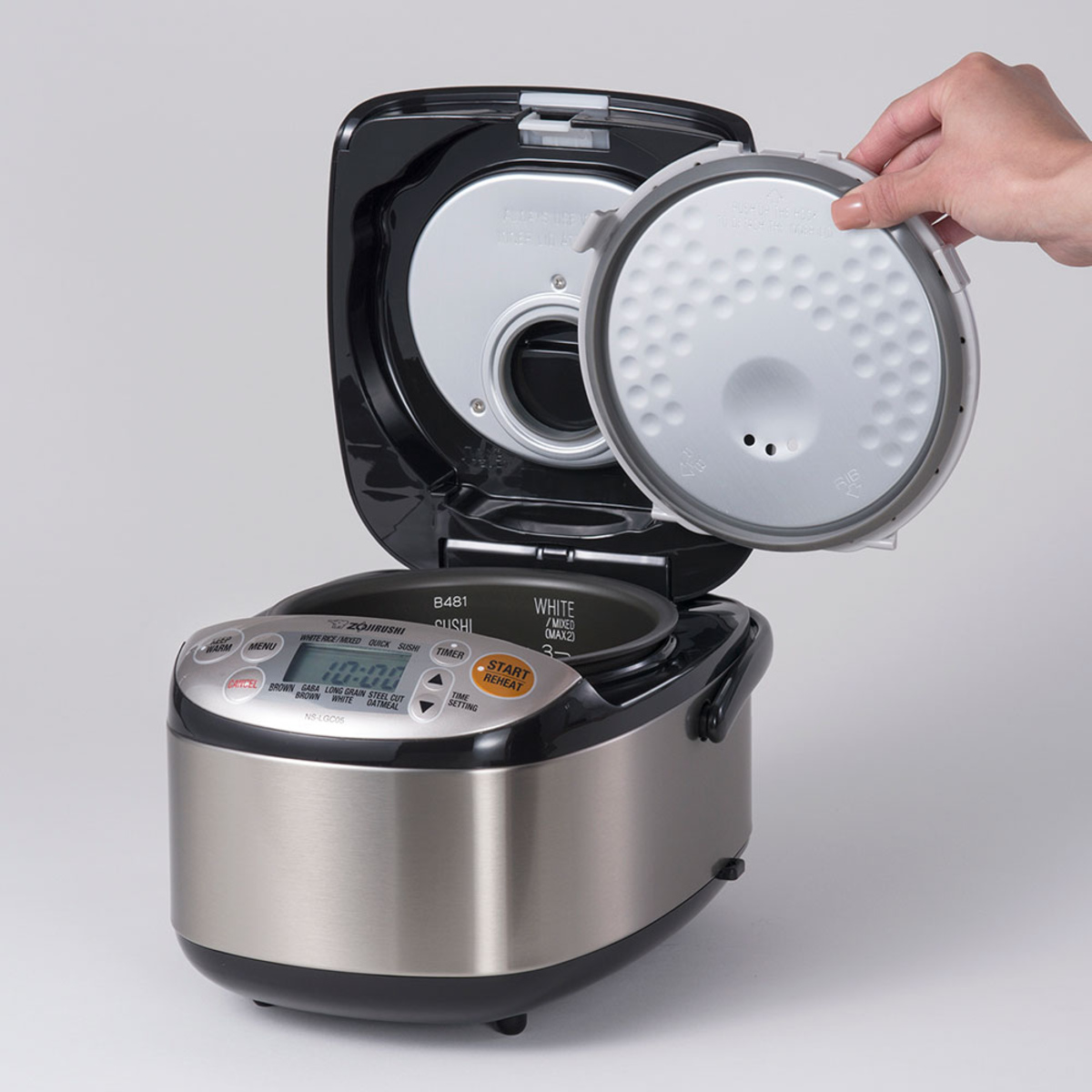
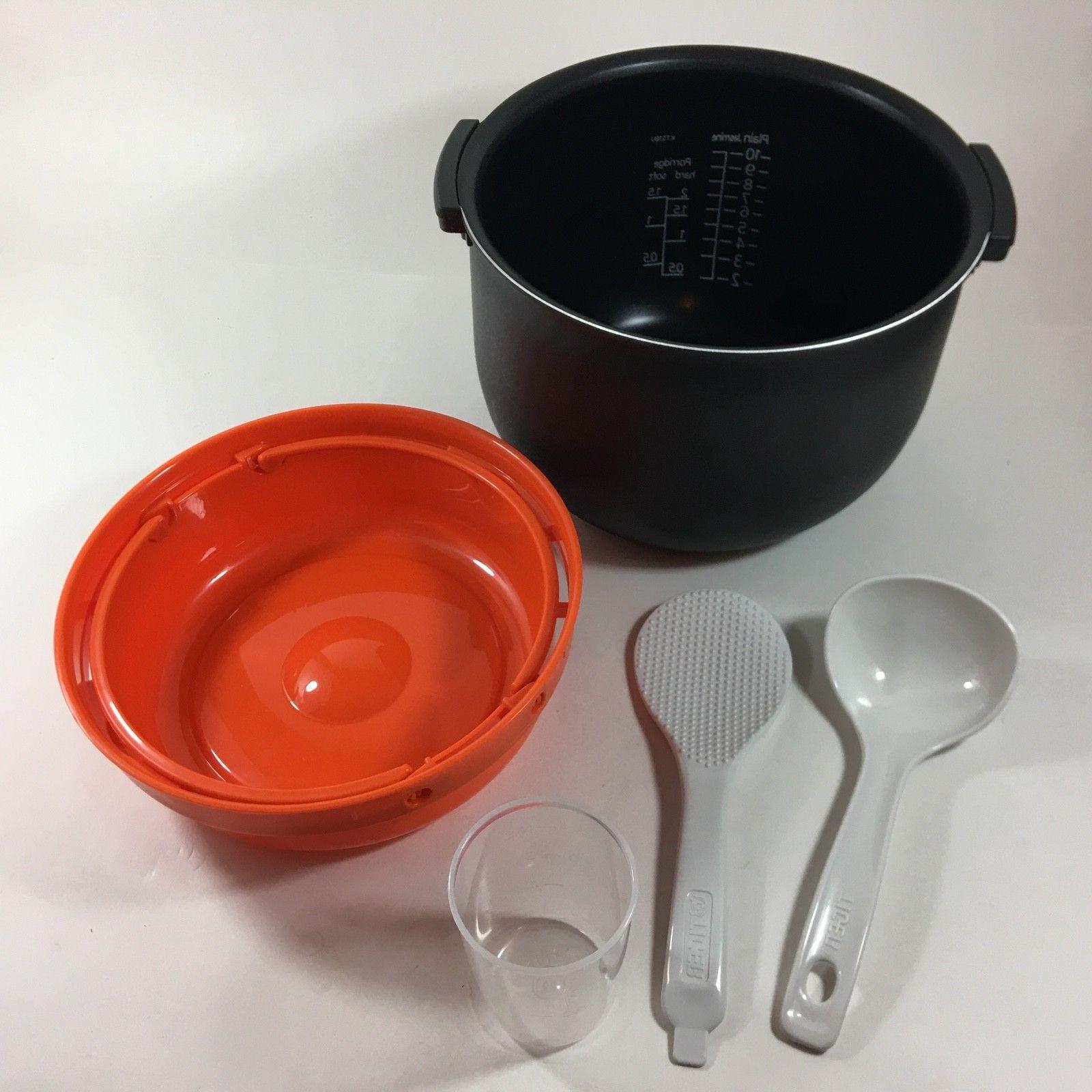
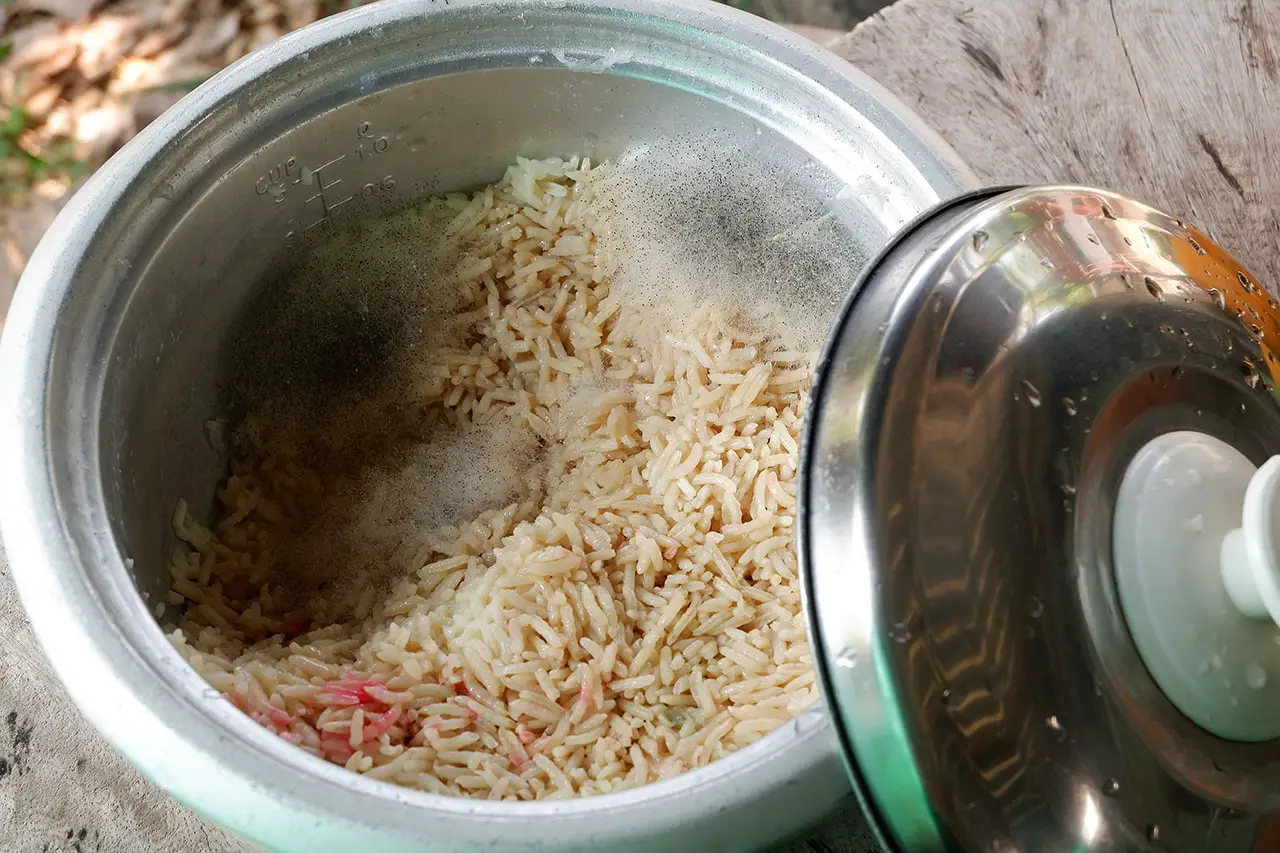
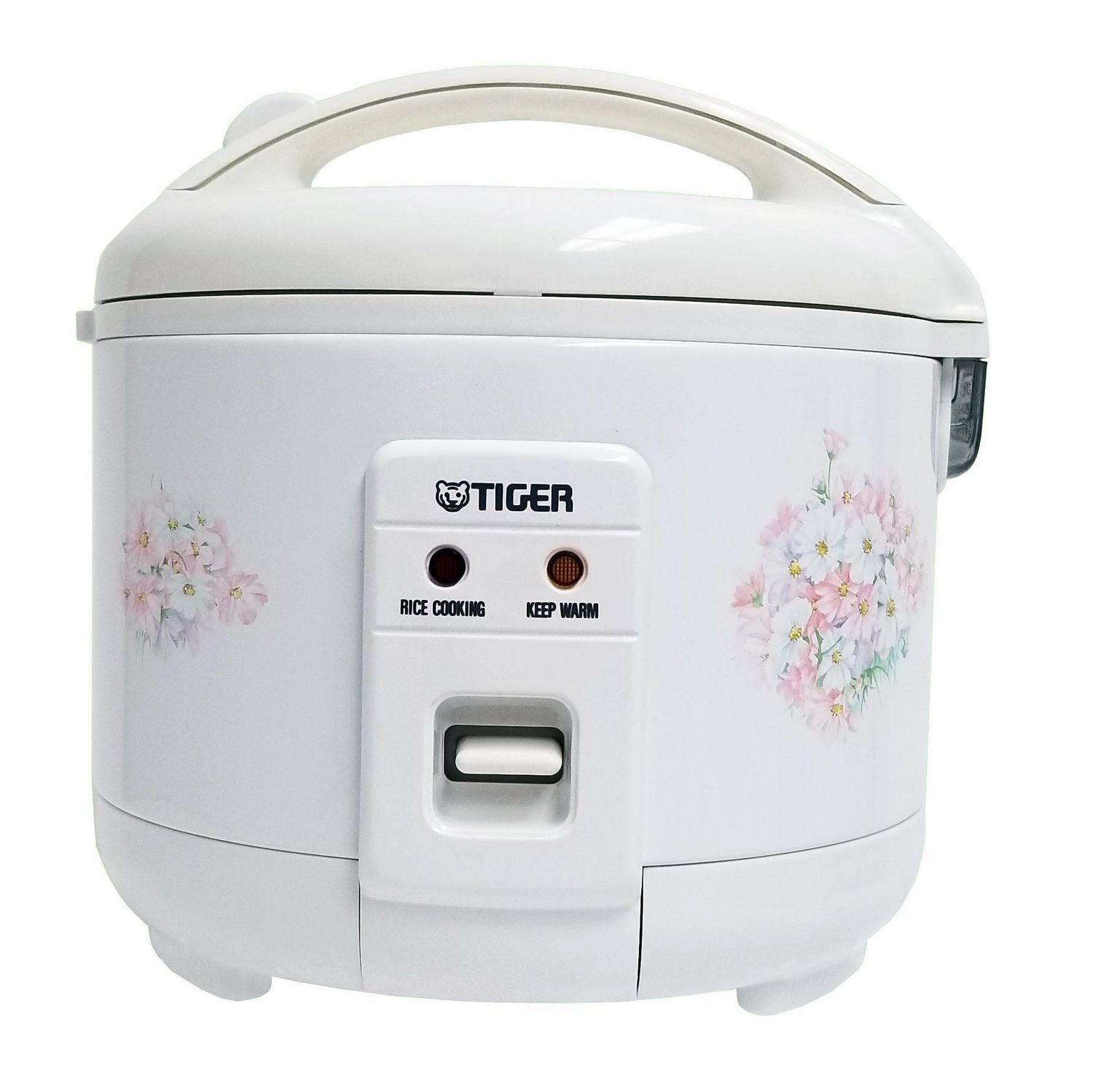

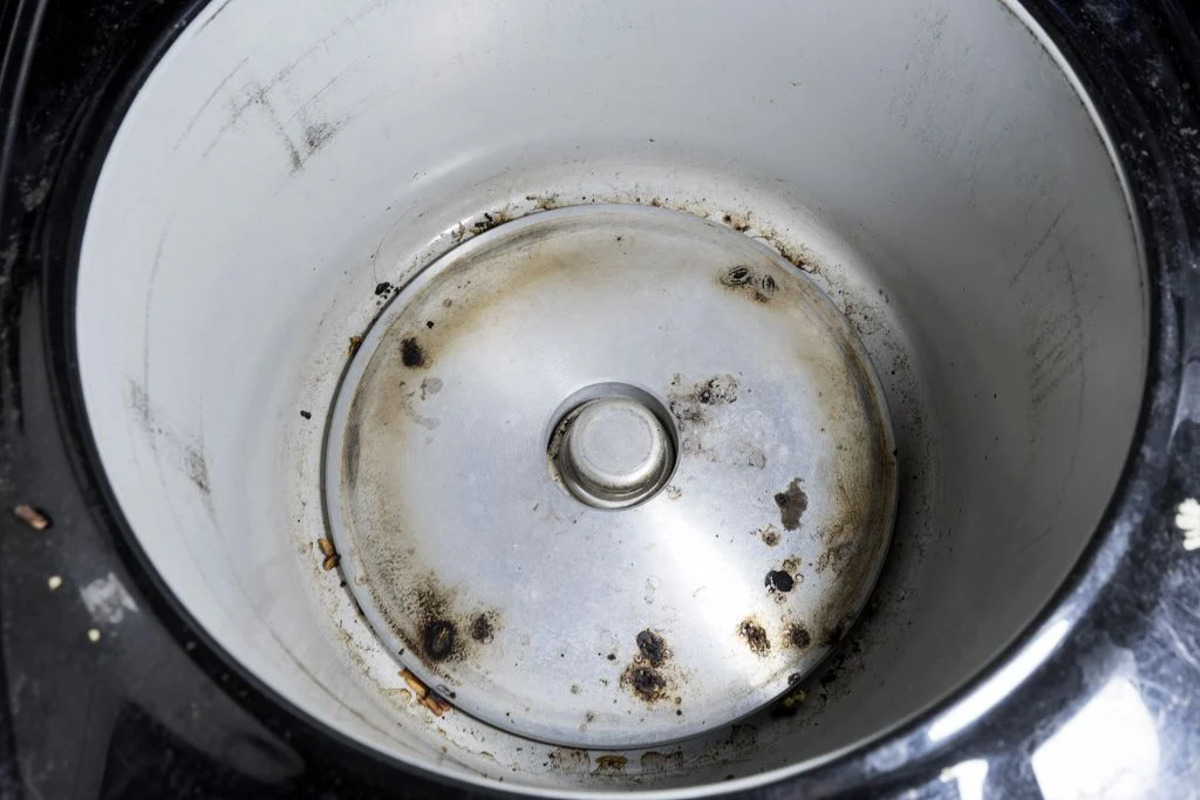
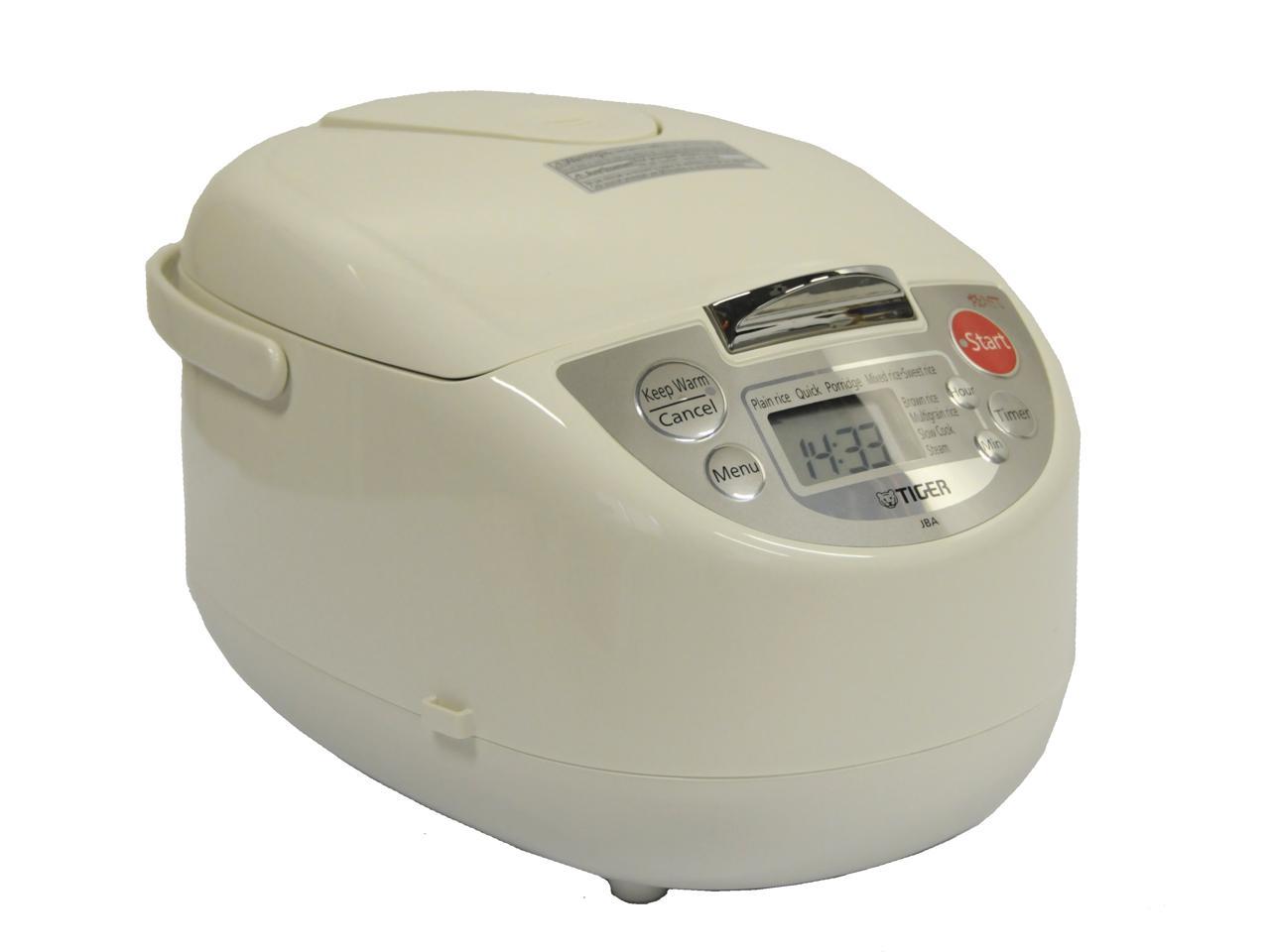
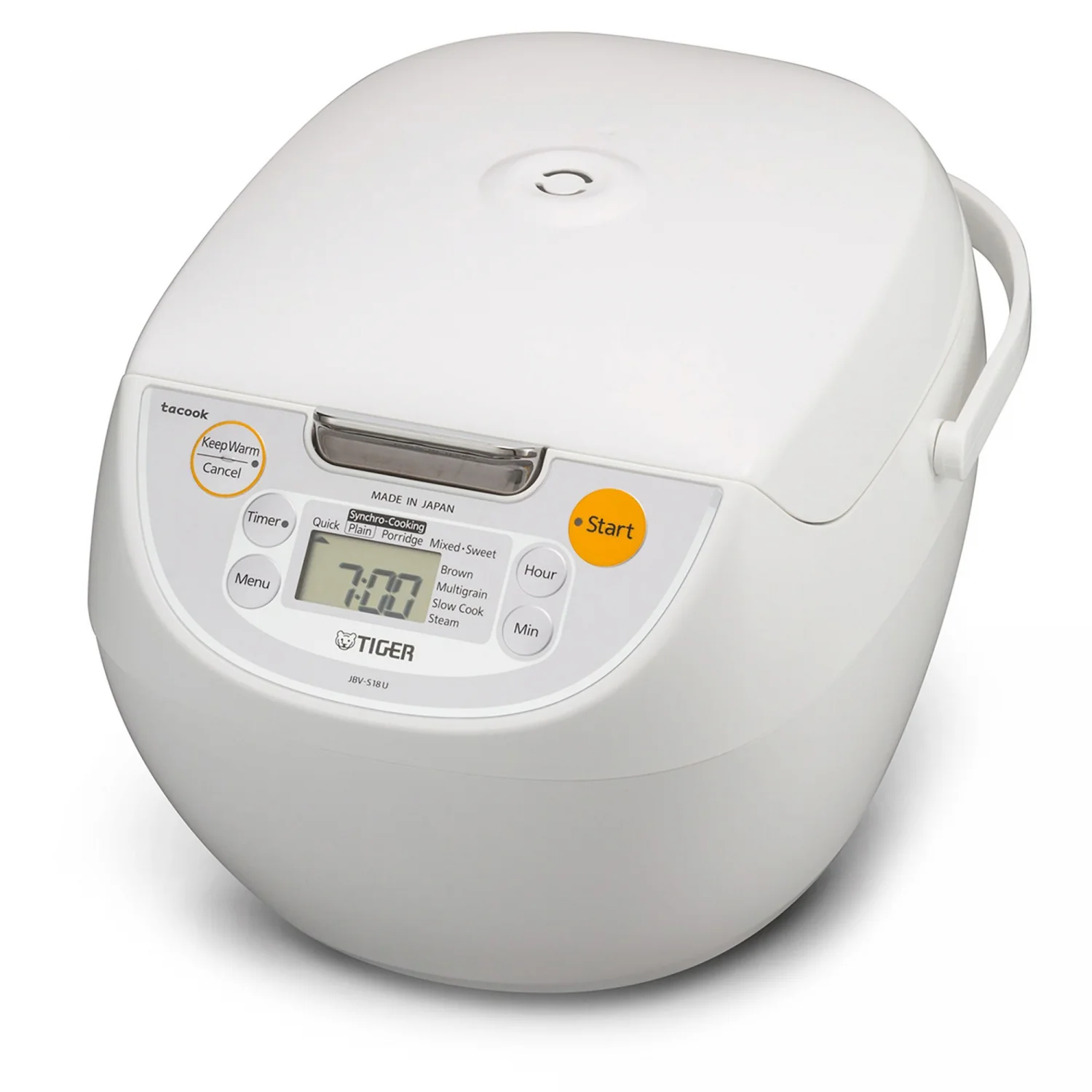

0 thoughts on “How To Clean Tiger Rice Cooker Lid”